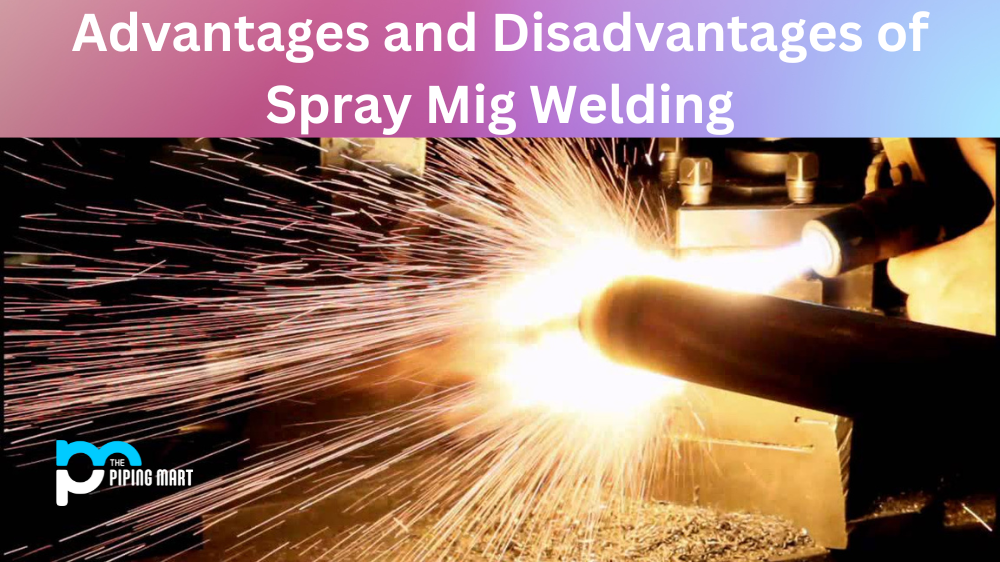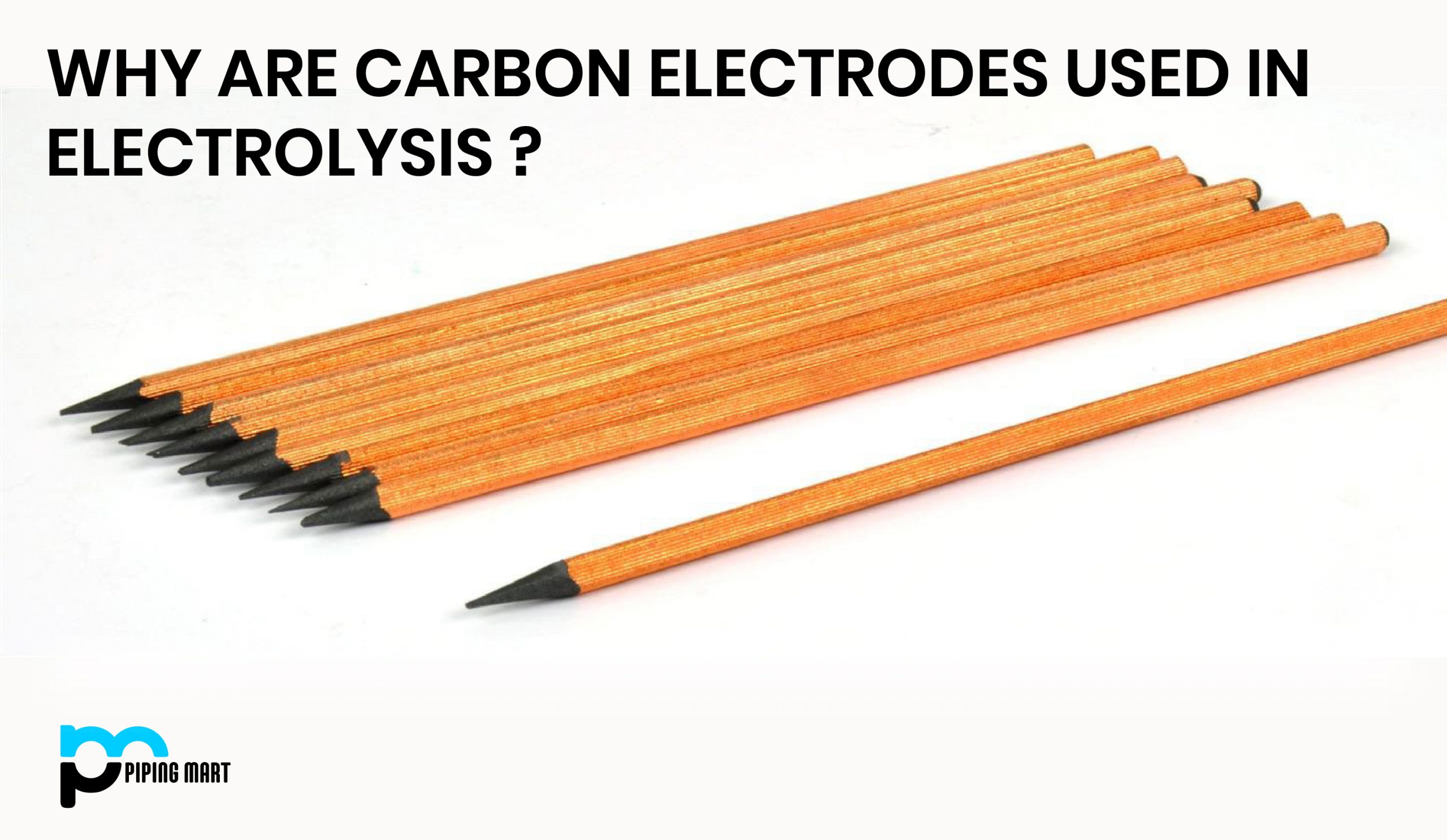Welding and soldering are two processes that involve joining metals together. However, there are several differences between these two processes. Understanding the differences between welding and soldering can help you determine which process is best for your projects. Let’s explore what sets these two techniques apart from each other.
Welding
Welding is a process that involves using heat or pressure to join metals together. The metals are heated up until they become molten, and then they are moulded together to form one solid piece of metal. In most cases, welding requires the use of a welding torch, but it can also be done with an electric arc or laser beam. Welding is commonly used in applications such as shipbuilding, automotive repair, and construction projects. It is also used in high-precision applications such as medical implants and jewelry making.
Soldering
Soldering is a process that uses low temperatures to join two pieces of metal together. Unlike welding, soldering does not require the application of heat directly to the metals being joined; instead, the heat is applied indirectly through a flux-coated soldering iron or torch tip. The flux helps to clean the surface of the metals being joined and makes it easier for them to bond together when heated up by the soldering iron or torch tip. Soldering is often used in electronics assembly, plumbing repairs, electrical wiring repairs, jewelry making and other precision fabrication applications.
Difference Between Welding and Soldering
Purpose
The main purpose of welding is to join two pieces of metal together. Soldering, on the other hand, is primarily used to join two pieces of electronic equipment together.
Temperature
Welding requires much higher temperatures than soldering. In order to weld two pieces of metal together, the metal must be heated to a temperature that is above the melting point of the metal. This is typically around 2000 degrees Fahrenheit. Soldering, on the other hand, only requires temperatures that are below the melting point of the metal, which is typically around 700 degrees Fahrenheit.
Equipment
Welding also requires different equipment than soldering. Welding machines use either an electric arc or a gas flame to heat the metal while soldering machines use an electric current to heat the metal.
Strength
Welds are typically much stronger than solder joints. This is because welding actually melts the metal, which allows the two pieces to fuse together. Soldering, on the other hand, only melts the solder, which creates a weaker joint between the two pieces of metal.
Cost
Welding is also typically more expensive than soldering because it requires specialized equipment and training.
Conclusion:
In conclusion, there are several key differences between welding and soldering that should be taken into consideration before starting any project involving metal joining tasks. While both processes involve joining two pieces of metal together, welding typically involves higher temperatures than soldering does and requires the direct application of heat to the metals being joined, while soldering generally involves the indirect application of heat through a flux-coated solder tip or iron tip. Knowing which process to use for your project can help ensure successful results every time!
Meet Heer, a dynamic and driven writer learning tricks of her trade in the metal industry. With a background in Digital Marketing, Heer brings a unique perspective to her writing, sharing valuable insights. Apart from blogging she like reading and hiking.




